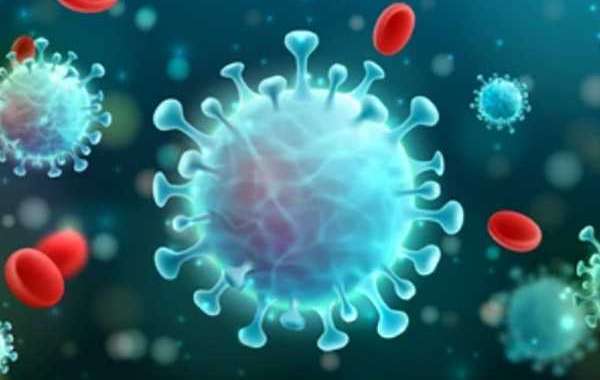One-Stop PROTAC Services
As a leading CRO, BOC Sciences has accumulated abundant successful experience in small molecule drug development and has established a comprehensive PROTAC molecular discovery platform. Our one-stop PROTAC services cover the entire lifecycle of drug discovery, including PROTAC molecule design, discovery, optimization, synthesis, analysis, purification, and testing. They are uniquely positioned for PROTAC discovery with technologies such as protein expression, protein structure analysis, and bioinformatics-based drug molecule design.
Introduction
Targeted protein degradation (TPD) is an emerging field that promises breakthroughs for previously undruggable target proteins and addresses the difficulties of targeting certain disease-related proteins with traditional small molecule degraders. The PROTAC (Proteolysis targeting chimera) is a small molecule drug containing a linker and two ligands to utilize the ubiquitin-proteasome system (UPS) for target protein degradation.
The concept of PROTAC molecules was first introduced in 2001, and the first PROTAC entered clinical trial in 2019. Today, the field of TPD is flourishing, with multiple protein degradation technologies emerging in addition to PROTAC, such as the three primary modalities relying on the lysosomal degradation pathway, LYTAC (lysosome-targeting chimera), AUTAC (autophagy-targeting chimera), and ATTEC (autophagosome-tethering compound). By the end of 2021, at least 15 programs are expected to enter the clinic, and more than 400 drugs are in early development.
PROTAC is a small bifunctional molecule that attaches protein of interest (POI) on one end and recruits E3 ligase on the other, forming a ternary complex. The ubiquitin binds to the POI via the ligase, and this is a catalytic process in which PROTAC can perform additional cycles. Poly-ubiquitinated POI is then recognized by the proteasome and degraded.
PROTAC Advantages
PROTAC utilizes the cell’s own ubiquitin-proteasome degradation system to directly target proteins degradation, overcoming the limitations of traditional small molecule inhibitors and opening up new directions for new drug development, which has attracted increasing attention from the pharmaceutical industry. PROTAC small molecule drugs have the following advantages:
- No need to bind to the target protein active site necessary
- Can degrade complex drugable targets
- PROTAC-mediated ubiquitination is a catalytic process and can carry out at much lower doses
- Avoids drug resistance arising from mutations in target proteins
PROTAC Development
From the early discovery of PROTAC to the efficacy assessment testing of drug molecules, there are several key steps as follows:
- Construction of PROTAC molecules, ligand and linker design
- Penetration of PROTAC molecules into cells
- Formation of a ternary complex: target protein-PROTAC-E3 ligase
- Ubiquitination of target proteins
- Recognition and binding of ubiquitinated target protein by proteasome
- Degradation of target protein
Our Services
We offer innovative solutions for each step of PROTAC drug development. Our one-stop PROTAC services are listed as follows, including but are not limited to:
PROTAC Design Services
We screened potential small molecules from a comprehensive compound database using a virtual screening technique. we provide PROTAC ligase system design services to customers around the world to meet new drug discovery goals.
PROTAC In Vitro Evaluation
We offer a series of in vitro evaluation assays, including permeability assay, E3 ubiquitin ligase activity assay, ternary complex formation assay, and degradation ability to validate the effectiveness of PROTAC.
PROTAC In Vivo Evaluation
We offer PROTAC in vivo evaluation service to reveal the dynamics of drugs in animals and to elucidate processes and characteristics of drug absorption, distribution, and metabolism.
Source: https://ptc.bocsci.com/services.html








